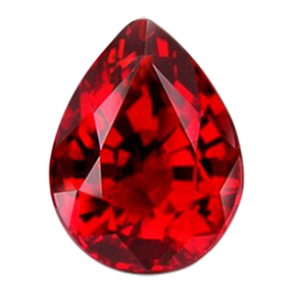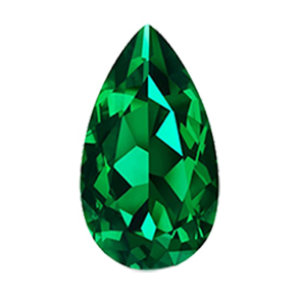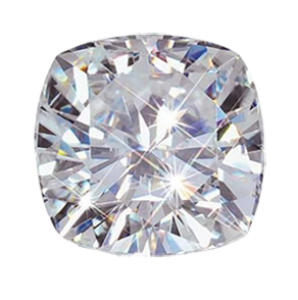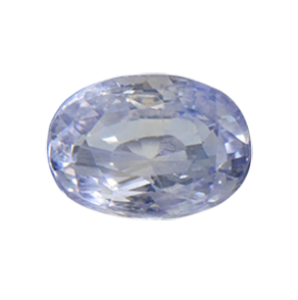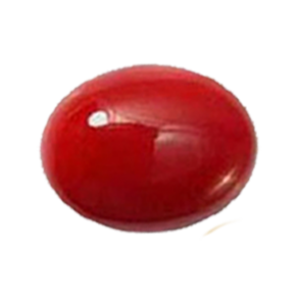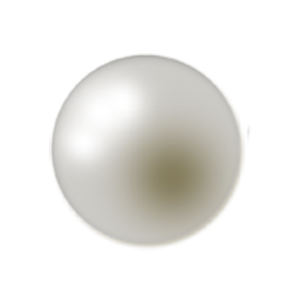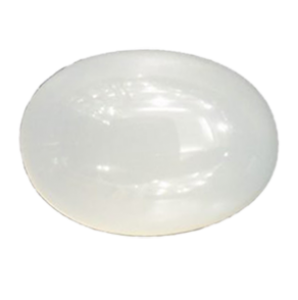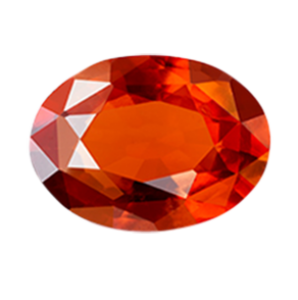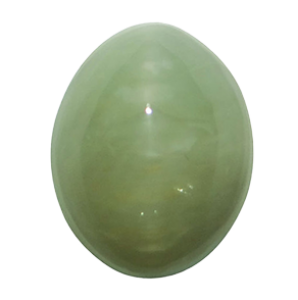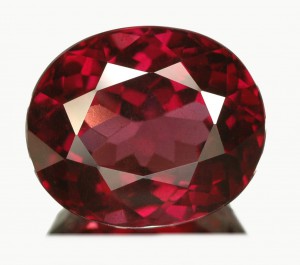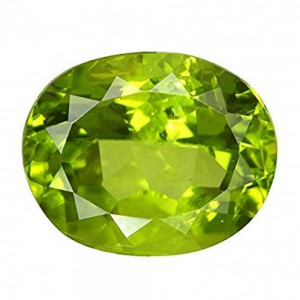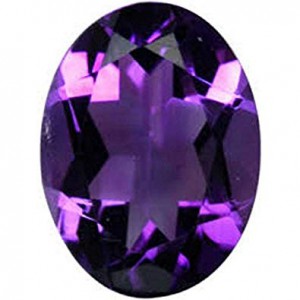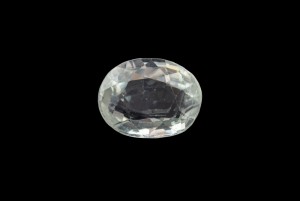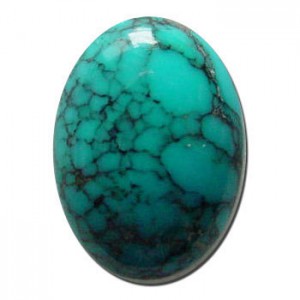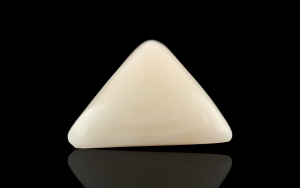Science Behind the Gemstone Weights
The weight of a gemstone plays a vital role in determining its value, and accurate measurement is
essential in the gemstone trade. Scientifically, the weight of a gemstone is measured using
precise scales that account for even the smallest differences in mass.
While size might appear similar in two stones, weight can vary due to the density (specific
gravity) of the material. For example, a diamond and a sapphire of the same size may have
different weights because sapphire is denser than diamond. That’s why gemstone weight is
measured, not just estimated by size.
In modern gemology, the carat is the standard international unit used to measure gemstone weight.
However, in regions like India, traditional units like ratti are still commonly used, especially
in astrological contexts. Understanding the science and method behind gemstone weighing ensures
accuracy and fairness in gemstone valuation.
Different Units to Measure Gemstones Weight
Gemstones are measured in various units across the world, depending on regional practices and
traditions. Below are the most commonly used units for gemstone weight:
Carat (ct)
Carat is the most widely accepted unit for measuring gemstones globally. One carat equals 200
milligrams or 0.2 grams, and it is the standard unit for weighing diamonds and other precious
stones.
Ratti
Ratti is a traditional Indian unit of weight, commonly used in astrology and gemstone buying in
India. One Ratti is approximately equal to 0.91 carats and is historically based on the weight
of the Gunja (Abrus Precatorius) seed.
Gram (g)
Grams are part of the metric system and sometimes used in bulk or wholesale gemstone trade. One
gram equals 5 carats, making it a convenient unit for weighing multiple gemstones together.
Milligram (mg)
Milligrams are used for very precise gemstone measurements. Since 1 carat equals 200 milligrams,
this unit helps measure very small gems or when high accuracy is needed.
Difference Between Ratti and Carat
Ratti and Carat are both units used to measure the weight of gemstones, but they differ in
origin, usage, and value.
Origin and Usage
Carat is an internationally accepted metric unit used in the modern gemstone
industry worldwide. Ratti, on the other hand, is a traditional Indian unit
mostly used in Vedic astrology and by local gemstone traders.
Weight Difference
One Ratti is approximately equal to 0.91 Carats. This means that a gemstone
weighed in Ratti will appear slightly heavier numerically than the same gem weighed in Carats.
Accuracy and Standardization
Carat is a standardized unit (1 carat = 200 mg), ensuring consistency and accuracy across the
global market. Ratti can sometimes vary slightly based on regional practices, though the most
accepted value is 121.5 mg per Ratti.



